
How to Use ICS-43434: Examples, Pinouts, and Specs
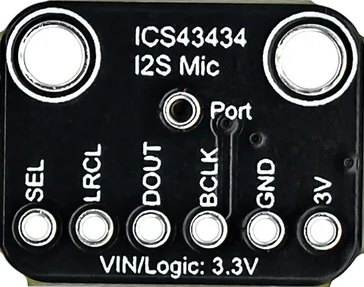
 Design with ICS-43434 in Cirkit Designer
Design with ICS-43434 in Cirkit DesignerIntroduction
The ICS-43434 is a high-performance, low-power digital MEMS (Micro-Electro-Mechanical Systems) microphone designed for audio applications. It features a small form factor, high signal-to-noise ratio (SNR), and low power consumption, making it ideal for use in portable devices such as smartphones, tablets, and wearable electronics. The ICS-43434 outputs audio data in a Pulse Density Modulation (PDM) format, which is commonly used in digital audio systems.
Explore Projects Built with ICS-43434
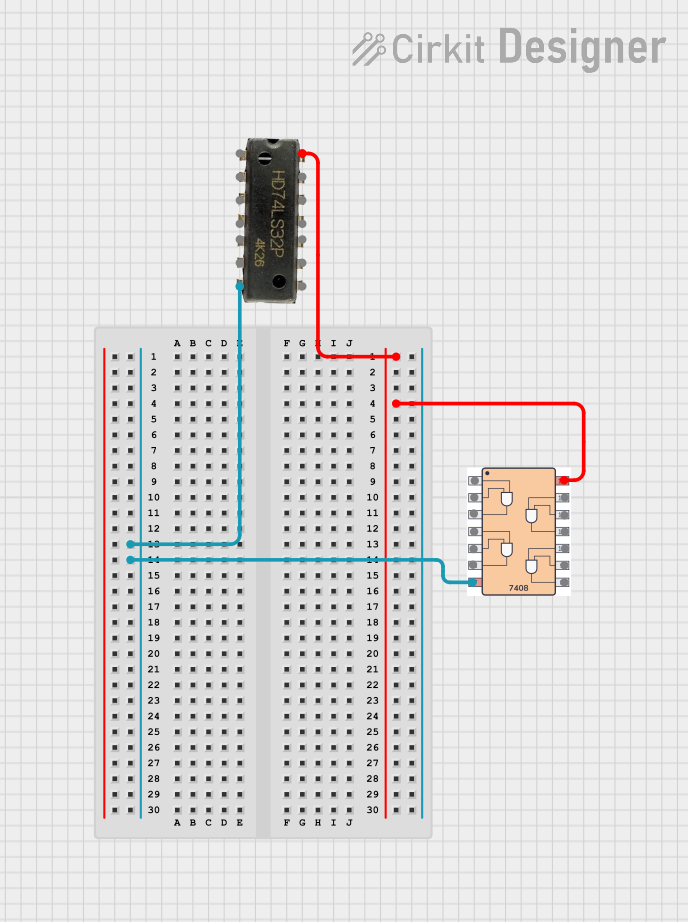
 Open Project in Cirkit Designer
Open Project in Cirkit Designer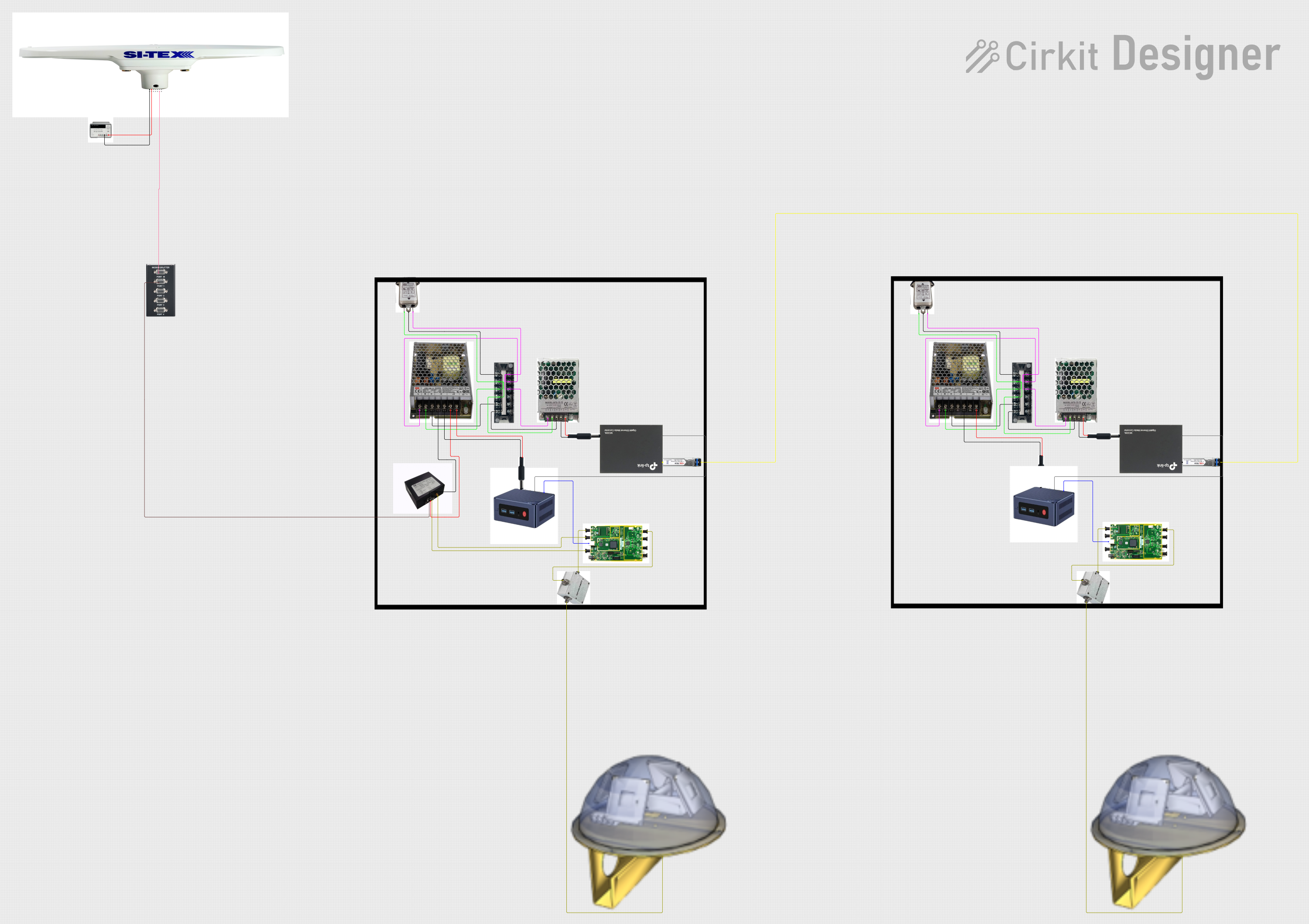
 Open Project in Cirkit Designer
Open Project in Cirkit Designer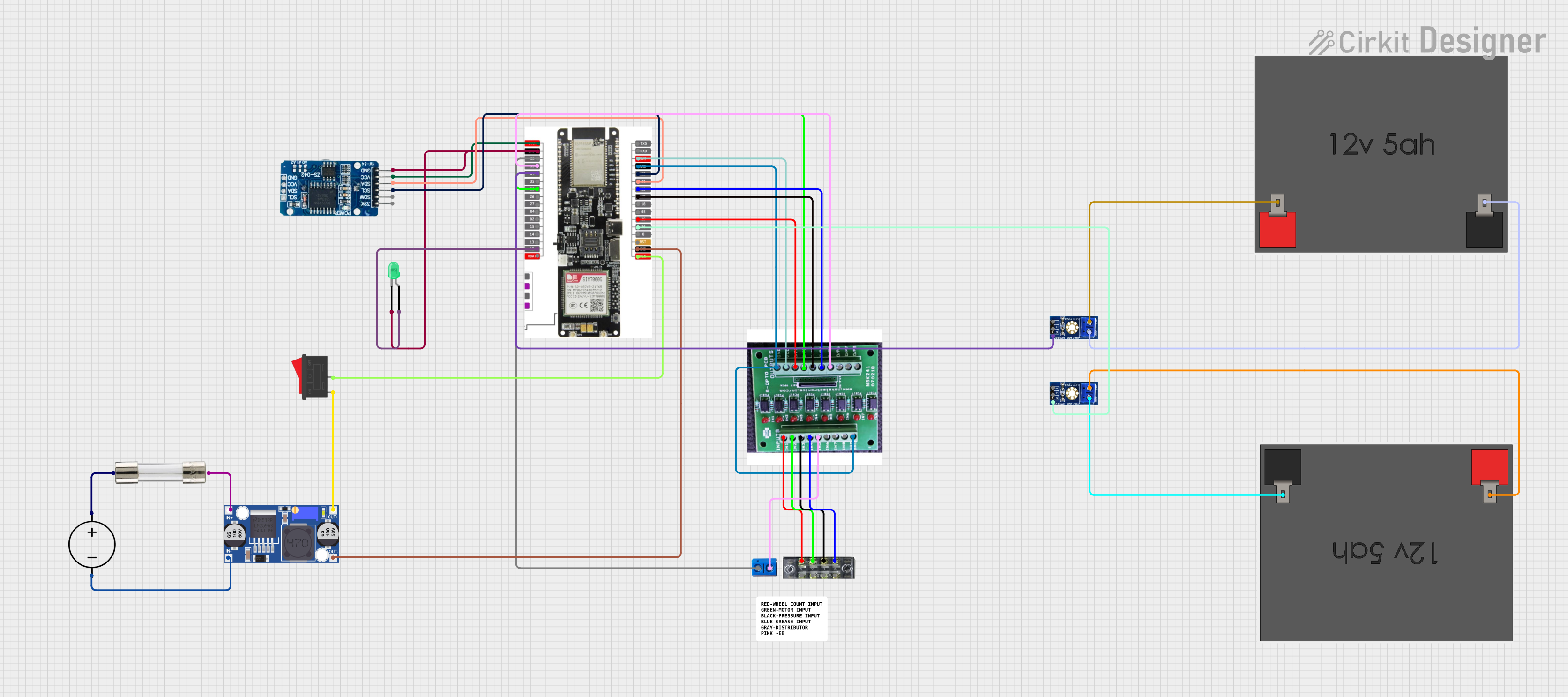
 Open Project in Cirkit Designer
Open Project in Cirkit Designer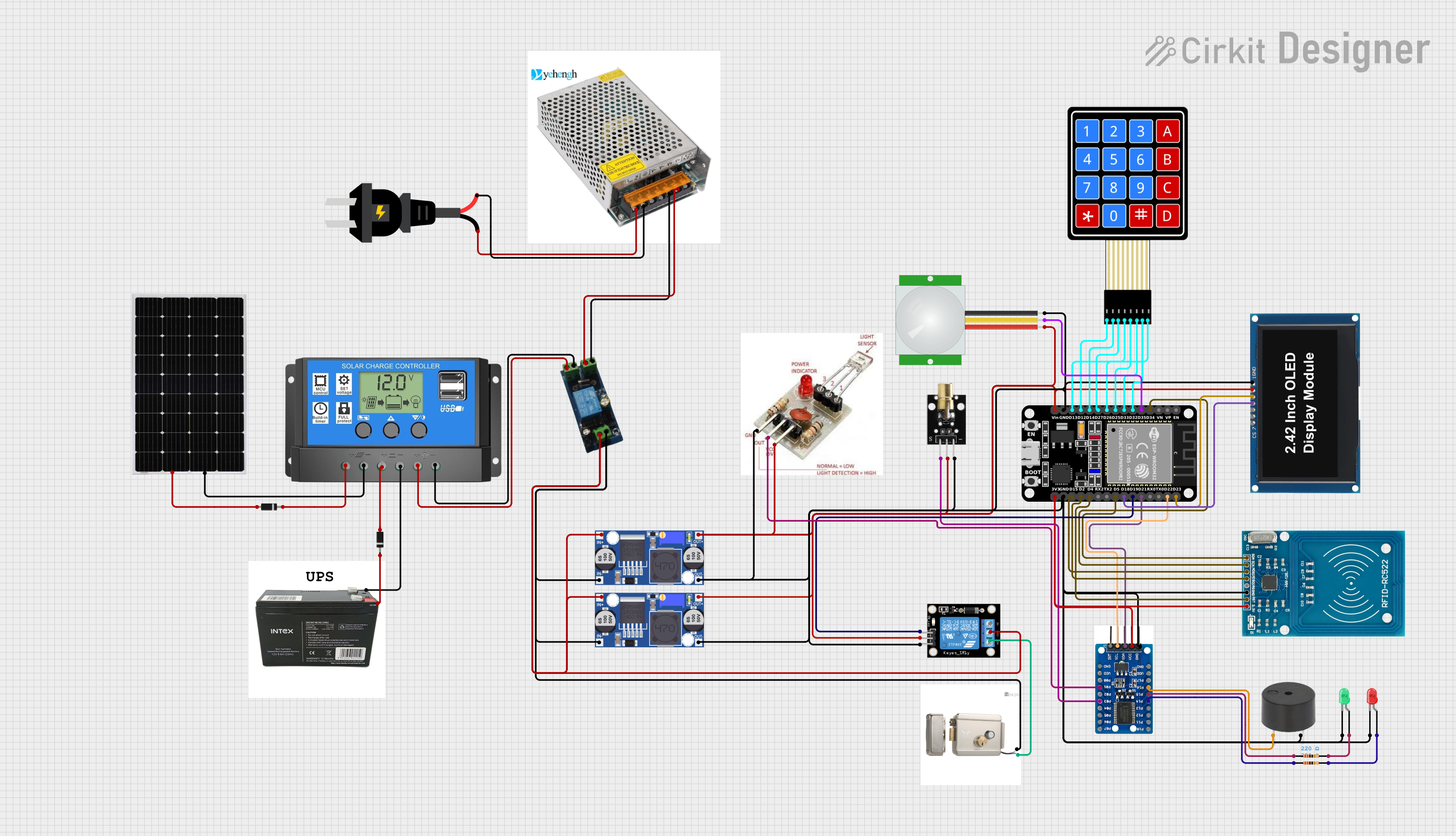
 Open Project in Cirkit Designer
Open Project in Cirkit DesignerExplore Projects Built with ICS-43434

 Open Project in Cirkit Designer
Open Project in Cirkit Designer
 Open Project in Cirkit Designer
Open Project in Cirkit Designer
 Open Project in Cirkit Designer
Open Project in Cirkit Designer
 Open Project in Cirkit Designer
Open Project in Cirkit DesignerCommon Applications and Use Cases
- Smartphones and tablets
- Wearable devices
- Smart home devices (e.g., voice assistants)
- Audio recording and processing systems
- Noise-canceling systems
- IoT devices with voice input functionality
Technical Specifications
The ICS-43434 is designed to deliver high-quality audio performance while maintaining low power consumption. Below are the key technical details:
Key Specifications
| Parameter | Value |
|---|---|
| Supply Voltage (VDD) | 1.62V to 3.63V |
| Signal-to-Noise Ratio (SNR) | 65 dB (typical) |
| Acoustic Overload Point | 120 dB SPL |
| Sensitivity | -26 dBFS ±1 dB |
| Power Consumption | 650 µA (typical) |
| Output Format | Pulse Density Modulation (PDM) |
| Operating Temperature Range | -40°C to +85°C |
| Dimensions | 3.5 mm x 2.65 mm x 0.98 mm |
Pin Configuration and Descriptions
The ICS-43434 has a total of 5 pins. The table below describes each pin and its function:
| Pin Name | Pin Number | Description |
|---|---|---|
| VDD | 1 | Power supply input (1.62V to 3.63V). |
| GND | 2 | Ground connection. |
| DATA | 3 | PDM data output. |
| CLK | 4 | Clock input for PDM interface. |
| LRSEL | 5 | Left/Right channel select. Connect to GND for left channel or VDD for right channel. |
Usage Instructions
The ICS-43434 is straightforward to use in digital audio systems. Below are the steps and considerations for integrating it into a circuit:
Circuit Integration
- Power Supply: Connect the VDD pin to a stable power supply within the range of 1.62V to 3.63V. Connect the GND pin to the ground of the circuit.
- Clock Signal: Provide a clock signal (CLK) to the microphone. The clock frequency should typically range from 1 MHz to 3.25 MHz.
- Data Output: The PDM audio data is output through the DATA pin. This data can be processed by a microcontroller or digital signal processor (DSP).
- Channel Selection: Use the LRSEL pin to configure the microphone as either the left or right channel in a stereo setup:
- Connect LRSEL to GND for the left channel.
- Connect LRSEL to VDD for the right channel.
Important Considerations
- Decoupling Capacitor: Place a 0.1 µF decoupling capacitor close to the VDD pin to reduce noise and ensure stable operation.
- Clock Signal Quality: Ensure the clock signal is clean and within the specified frequency range to avoid audio distortion.
- PCB Layout: Minimize the trace length for the DATA and CLK lines to reduce signal degradation and noise interference.
Example: Connecting ICS-43434 to an Arduino UNO
The ICS-43434 can be connected to an Arduino UNO for basic audio data acquisition. Below is an example wiring and code snippet:
Wiring
| ICS-43434 Pin | Arduino UNO Pin |
|---|---|
| VDD | 3.3V |
| GND | GND |
| DATA | Digital Pin 2 |
| CLK | Digital Pin 3 |
| LRSEL | GND (Left) |
Arduino Code
// Example code for reading PDM data from ICS-43434 using Arduino UNO
// Note: This example assumes the use of an external PDM library for processing.
#include <PDM.h> // Include a PDM library for handling PDM data
// Buffer to store PDM data
#define BUFFER_SIZE 256
int16_t pdmBuffer[BUFFER_SIZE];
// Callback function to handle incoming PDM data
void onPDMData() {
// Read PDM data into the buffer
int bytesAvailable = PDM.available();
PDM.read(pdmBuffer, bytesAvailable);
// Process the PDM data (e.g., convert to PCM or analyze audio)
// Add your audio processing code here
}
void setup() {
// Initialize serial communication for debugging
Serial.begin(9600);
// Configure PDM microphone
if (!PDM.begin(1, 16000)) { // Mono channel, 16 kHz sample rate
Serial.println("Failed to initialize PDM microphone!");
while (1);
}
// Set the callback function for PDM data
PDM.onReceive(onPDMData);
Serial.println("PDM microphone initialized successfully.");
}
void loop() {
// Main loop does nothing; PDM data is handled in the callback
}
Troubleshooting and FAQs
Common Issues
No Audio Output:
- Ensure the clock signal is being provided to the CLK pin.
- Verify that the VDD and GND connections are secure.
- Check the LRSEL pin configuration for the correct channel selection.
Distorted Audio:
- Verify that the clock frequency is within the specified range (1 MHz to 3.25 MHz).
- Ensure the decoupling capacitor is properly placed near the VDD pin.
High Noise Levels:
- Minimize the length of the DATA and CLK traces on the PCB.
- Ensure proper grounding to reduce interference.
FAQs
Q: Can the ICS-43434 be used in a stereo configuration?
A: Yes, you can use two ICS-43434 microphones in a stereo setup by configuring one microphone as the left channel (LRSEL = GND) and the other as the right channel (LRSEL = VDD).
Q: What is the maximum distance between the microphone and the microcontroller?
A: To minimize signal degradation, keep the DATA and CLK lines as short as possible, ideally less than 10 cm.
Q: Does the ICS-43434 support analog output?
A: No, the ICS-43434 outputs digital audio data in PDM format only.